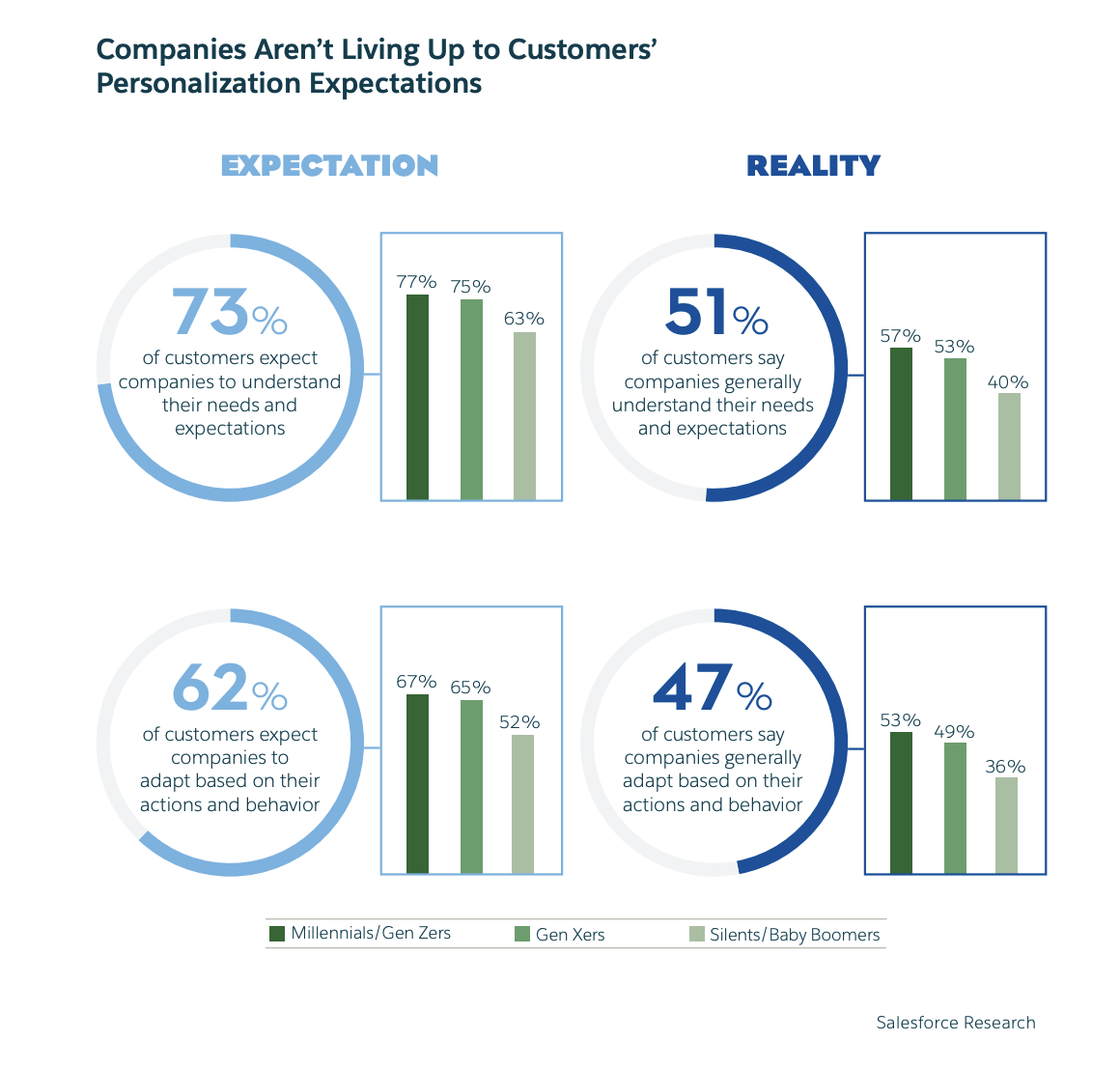
Fast movers in legacy modernisation will dominate the digital business of the future, and this is why
From performance issues through to rapidly building digital presences, companies are experiencing first hand the shortcomings of their digital service readiness. This is driving initiatives to modernise systems as current legacy systems have simply struggled to keep up. But, is the current disruption the underlying reason, or is it the exclamation mark on an issue […]
From performance issues through to rapidly building digital presences, companies are experiencing first hand the shortcomings of their digital service readiness. This is driving initiatives to modernise systems as current legacy systems have simply struggled to keep up.
But, is the current disruption the underlying reason, or is it the exclamation mark on an issue that has been growing for a long time already?
Businesses, for years, have been facing an ever increasing need to adapt to changing market demands. Before we were impacted by COVID-19, technology forecasts and trends showed that the top challenges for companies in 2020 were:
Forbes: Accelerate your organization’s pace of innovation
Gartner: Automation strategy rethink (consequence of drive to cloud environments)
Alert Software: Embedding digital transformation in the company business strategy
CIO Advise: Digital Transformation and Business Strategy
From this it is clear that the need to modernise legacy systems is not new. So what is the reason behind legacy modernisation becoming such a high priority?
The wheel of change spins faster and faster
To build some perspective, I started in the software engineering industry in the early 2000s when there were no smartphones, Netflix, AWS or even Facebook. Back then, the rate of change was manageable. Languages were releasing a new version every other year, architectures were quite happy in monolith or 3-tier setups and agile methodologies were but a speck on the horizon.
Consequently, companies were relatively slow in their adoption of new features, as stability of these monoliths was paramount. Customers were tolerant and accepting of the slow rate of change.
Fast-forward nearly 20 years to the present day, and Facebook, Amazon, Netflix and Google are continually driving innovation to new levels. Startups are creating disruptive innovations at a record rate. Speed and nimbleness are now paramount for companies.
Customer expectations are higher and the competition is tougher
Customers take it for granted that service providers will constantly improve. Any new product has to be compatible to even be considered.
This has led to the “We want it now” customer evolution where customers “expect a personalised experience, demand it in a shorter timeframe and are knowledgeable enough to recognise poor customer service”. Salesforce’s recent survey confirms this with 73% of customers now expecting personalised services.

Screenshot from Salesforce State Of the Connected Customer survey.
The same is apparent in technology. Every week seems to bring a new JavaScript framework, cloud product offering or development methodology that is the next silver bullet. On the upside, this is great for developers as there is a record high demand for us due to talent shortages.
The sheer abundance of choice available coupled with the ability to easily switch brands or companies makes it critical for companies to stay relevant and modern if they want to hold onto their customers and developers.
Therein lies the issue and the big question: How to stay relevant in order to keep both your customers and developers?
This is where traditional legacy systems are being superseded with modern architectures.
So, how can you start in the legacy modernisation journey?
In the beginning, there are two important steps to make in order for you to succeed.
1. Understand what defines legacy and the key role that your company’s culture plays.
2. Get to know different approaches to legacy modernisation and how to choose the one that best suits you.
The next blog posts will focus on these steps – stay tuned. You can already take a look at the next one, What is legacy? A misused term that’s vital to your business resilience. If you’re interested in digital business success in the retail field, check out our webinar, Futures of Retail, on Wed 10.6. at 14.00.
[contact-form-7 id=”9154″ title=”Modern arch. blog post series – subscribe”]



